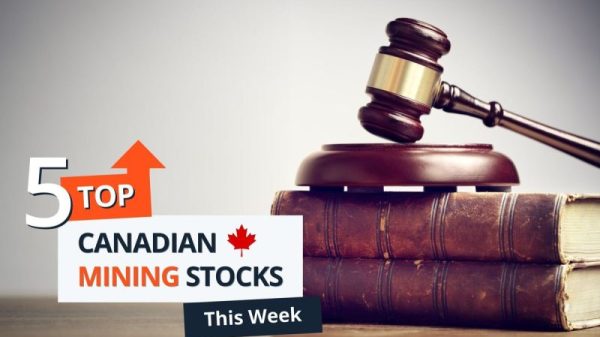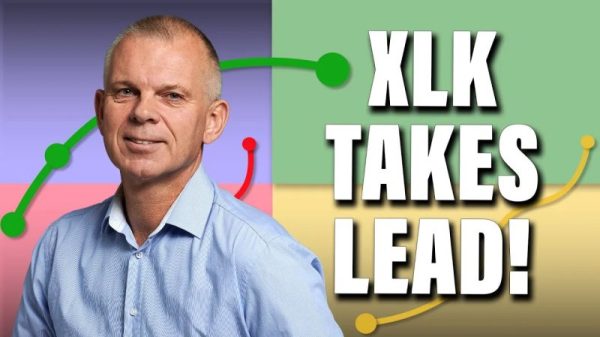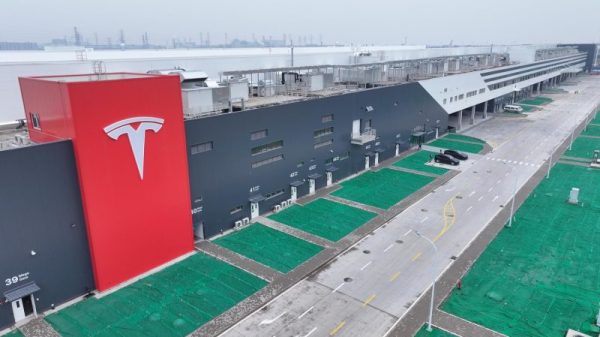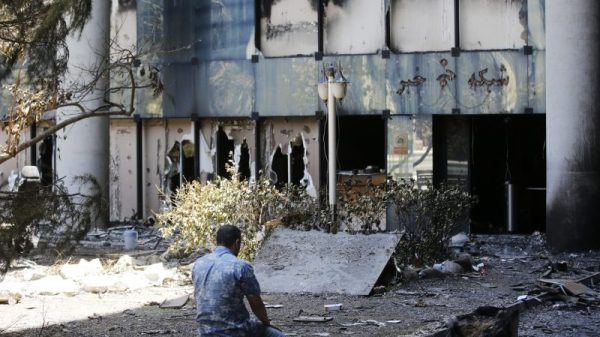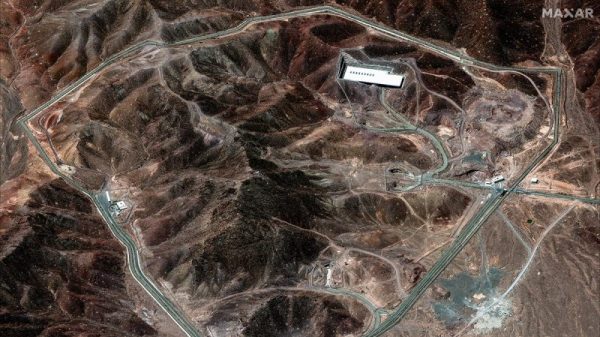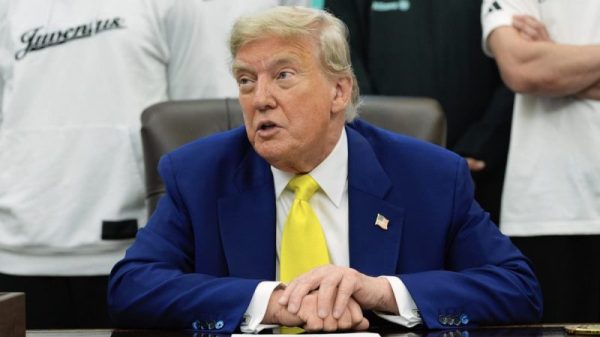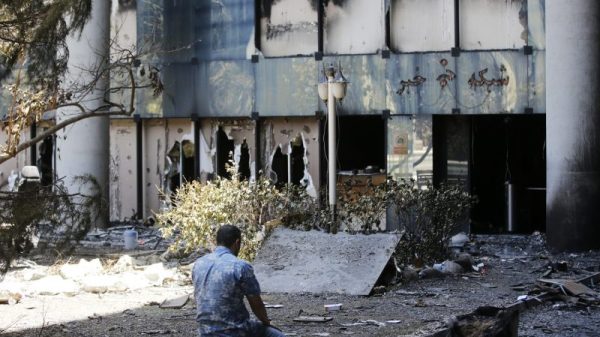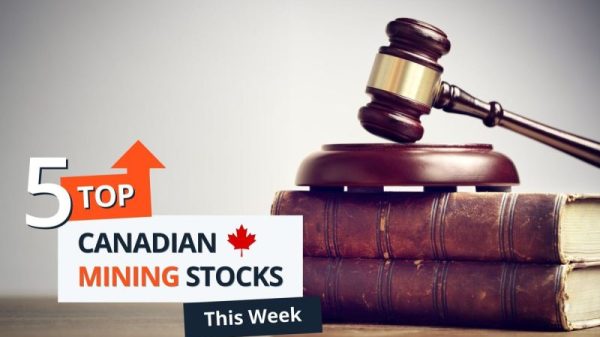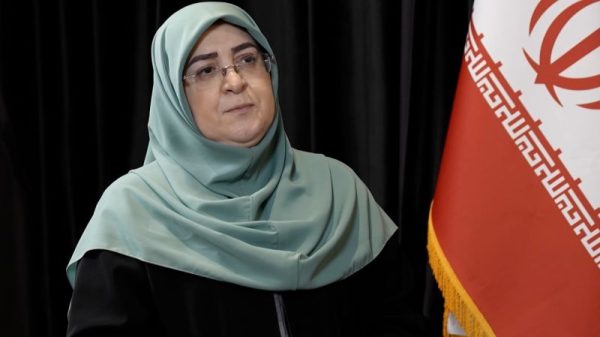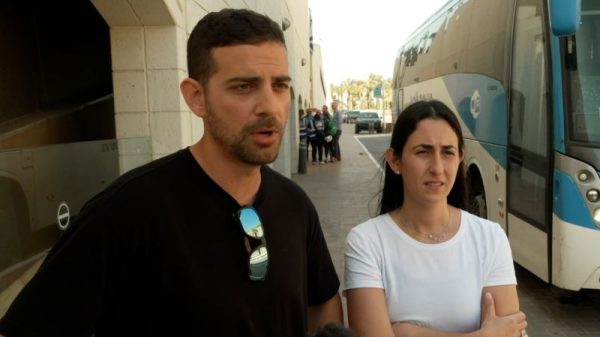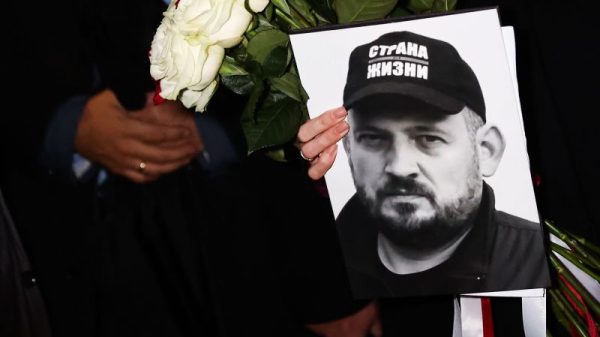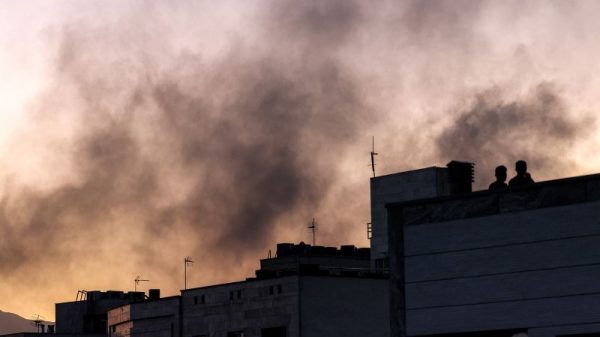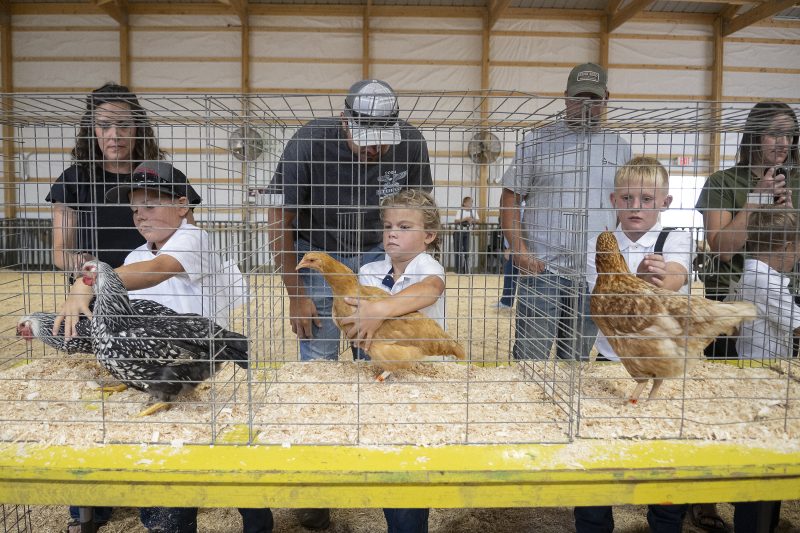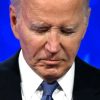NICOLLET COUNTY, Minn. — The political divide in the congressional district Democratic vice-presidential candidate Tim Walz once represented is now so stark that it’s hard to imagine one person representing the whole area. In this expanse of southern Minnesota, a few small, sleepy cities stand their ground in a sea of rural red that stretches from the South Dakota border to the bluffs above the Mississippi River.
Democrats have expressed hope that putting Walz, a Midwesterner who grew up working summers on a Nebraska farm, on their ticket will help them win over rural voters. But a close look at Walz’s former district — a prime example of how America’s huge urban-rural cultural divide shapes the nation’s politics — shows just how difficult that task will be.
In the 18 years since Walz made the life-changing career change from high school teacher to politician, Minnesota has grown more liberal as a state, but the district that gave him his start has lost almost all of the blue precincts that once dotted its farmlands. The cities in the 1st Congressional District have grown, but in the expansive rural heartland (pigs outnumber residents of the district seven times over, according to 2022 census data), populations have decreased and the people remaining have grown more conservative.
The major upset that Walz delivered in 2006 in his first run here — he beat an incumbent Republican by six points, becoming only the second Democrat in a century to flip the seat — seems even unlikelier now.
A Republican took back the district in 2018, the same year Walz was elected Minnesota’s governor. Walz lost here in both his statewide campaigns, and Republicans are expected to win here again in November. In the district’s cities, many voters — often Walz superfans — want liberal representation, but rural voters are trending ever more Republican, and they are angrier at the left than they were when Walz was their congressman.
Tales of Walz’s days as a teacher and high school football coach trip off the tongues of almost everyone in Mankato, the college town where he and his family lived, but mentions of Walz were widely met with a roll of the eyes this month at the Nicollet County Fair. Mankatoans feel energy and pride for their governor, but at the fair just 20 minutes outside town, some people were more excited by the prospect that if Walz becomes vice president, he might finally leave the state.
“I am not a Walz fan,” declared John Luepke, a farmer and former Nicollet County commissioner. While watching 4-H children show their chickens — “the equivalent of Little League in Minnesota,” an onlooker explained — he quickly deployed one of the Minnesota GOP’s favorite Walz attack lines.
“We had a $17 billion surplus and he just … spent it. It’s not like I got any rebates,” Luepke said.
As part of last year’s budgeting process, Walz agreed to spend almost all of the projected $17.5 billion surplus over the next two years, directing it toward K-12 education, infrastructure projects, and tax cuts and credits for working families. GOP lawmakers said the size of the surplus was evidence of overtaxation and accused Democrats of squandering the money and setting the state up for deficits.
In rural Minnesota, even some voters who liked Walz’s work in Congress complain that as governor he was far too liberal. Some conceded, though, that he knows more about agriculture than most vice-presidential or presidential nominees.
In the livestock enclosure, farmers grumbled over new agricultural controls — designed to curb water pollution — that have affected farmers under Walz’s governorship, including permits for feedlots and increased regulation of the spread of manure and fertilizer.
“Ninety dollars to vaccinate a farm cat!” Luepke exclaimed. Last year he had been able to buy the shots over the counter, he said, but this year he would have to take the cat to the veterinarian for a “wellness check” first, bumping up the price. “They’re farm cats. There are predators and roads — they only have about a 50 percent chance of making it to a year or two old,” he said. He said he wouldn’t have the same problem in South Dakota, where he bought the cat from a farm store. “This state wouldn’t even let them be sold in stores like that,” he added.
The biggest problem, according to the farmers — amid low crop prices and waterlogged fields — is high taxes and high government spending.
“We have some of the highest income taxes in the country. South Dakota doesn’t have any revenue tax,” Luepke continued, to nods from the farmers around him. “Iowa has very little. Wisconsin isn’t too bad either.” Minnesota has the highest top corporate tax rate in the country and the sixth-highest top bracket for income tax, but the state has lower taxes on poor families than many other states do.
Voters here are quick to relay the attacks local Republicans use against Walz — particularly, in a community of family farms that prides itself on pinching pennies, a school food-voucher program fraud scandal that they say falls on Walz’s shoulders.
In one of the largest pandemic-related fraud cases in the country, 70 people have been charged in an alleged scheme to fraudulently claim more than $250 million in federal funds. Walz had no direct role, but critics have said that, as governor, he should have prevented it.
Many voters in the rural areas of Walz’s old district no longer credit him for his moderate voting record in Congress and his time on the House Agriculture Committee.
“They’re portraying him to the whole United States as a moderate,” said Rose Oachs, a 76-year-old retired public health nurse, who was visiting the pig enclosure. “And as far as living in Minnesota all my life, I don’t feel he’s a moderate. He’s far left.”
But southern Minnesota has changed over the past two decades.
“The district was divided when he won in 2006,” said Nick Frentz, a state senator from North Mankato who belongs to the Democratic-Farmer-Labor Party, Minnesota’s state-level affiliate of the national Democratic Party. “But by the time he’s running for the final of his six terms … it’s red red, but he wins. Barely.” By 2016, Walz — who in 2008 won by nearly 30 percentage points — hung on by less than one.
Election maps show the rural parts of Walz’s district growing increasingly Republican during his six terms in Congress. The cities and area colleges and universities have grown, helping Democrats. (Rochester, the district’s biggest city, grew by more than 17,000 people over Walz’s 12 years in Washington, according to census data.) But rural areas have struggled economically and lost population, Frentz said.
For Walz’s supporters, his ability to flip and hold on to a red district that was growing more conservative is evidence that he can appeal to a large swath of the electorate, including voters who disagree with him on some issues.
People Walz regularly interacted with as a congressman said he held on to his district by reaching across the aisle, maintaining a moderate voting record, staying involved with agriculture and taking the time to speak to constituents who disagreed with his politics. Being endorsed by the National Rifle Association — which later rebuked him after he changed his position on gun rights — and serving in the National Guard also helped, Frentz said.
Since being elected governor in 2018, Walz has signed a laundry list of Democratic priorities approved by the narrowly divided state legislature, including legal protections for abortion rights, free school meals, a child tax credit, legal marijuana and protections for gender-affirming care.
That record excited liberal Democrats but drew opposition from many voters in his old congressional district.
Walz didn’t abandon his rural roots, Frentz argued. “Those in the 1st District who had Tim as a congressman and were willing to vote for a Democrat, even with conservative leanings, sometimes they’re disappointed at the stuff that passes at state level that he signs,” said the legislator, who has known Walz for 20 years. “But he doesn’t just represent the … people in the district anymore, and part of the state is a good deal more liberal than down here.”
Even in this now GOP-held district — the Republican incumbent, Brad Finstad, won by 12 points last cycle — tens of thousands of people still vote for Democrats. Although Finstad benefits from how red the rural areas have become, he has to win enough votes in those places to offset the growth of the district’s blue cities.
In Mankato, many people are enjoying watching their high school coach rise to the national stage. On a chalkboard at a local bar that lets people buy each other drinks for the next time they come in, someone has bought Walz a beer, marked with a heart “for democracy.”
Walz’s long tenure coaching and teaching has made him a firm fixture of the community. Every person in Mankato who spoke to The Post either knew Walz personally or knew someone who did.
Nick Maxwell, a personal injury lawyer, moved to Mankato shortly after Walz was first elected to Congress. “There was a lot of excitement at that time and it just carried over … which was interesting because as soon as he stepped out to become the governor, we lost that seat,” he said. “That’s what you see at a macro level: He’s just got something extra that resonates with people and a way of speaking that people can grab on to.”
Walz’s “authenticity” as a politician who behaves like a “normal person” has allowed him to heal rifts between communities that have grown apart, Angie and Dan Bastian, longtime friends and neighbors of the Walz family, said in an interview. Vice President Kamala Harris and other Democrats were right to bet that Walz could bridge divides between rural and nonrural communities nationwide, too, they argued, and offered an example.
Last year, they said, Walz unexpectedly showed up at the wake for Dan Bastian’s father. Bastian’s rural family whispered and stared. Some were not happy. But Walz talked to everyone anyway.
“He wants to listen, he wants to incorporate. He’s firm on his ideas and his policy, but he is very open to bringing people together,” Angie said. “He talked to them. He built a bridge. That’s his magic.”





